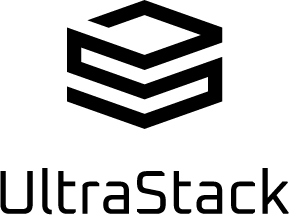inmotionhosting.wordpress

Ansible Role: WordPress
Modular Ansible Role for deploying and configuring WordPress.
Requirements
This Ansible role supports the two latest stable releases of specific server-focused Linux distributions and aims to follow their deprecation policies. Additionally we will focus on supporting the latest two stable releases of each, which at the time of writing are as follows:
- CentOS 7.x
- Debian 11
- Ubuntu 20.04 LTS or later
- AlmaLinux 8.x or later
- RockyLinux 8.x or later
Dependencies
- collection: community.general
- collection: community.mysql
- collection: ansible.posix
Role Variables
Available variables are listed below with their default values (you can also see defaults/main.yml)
WordPress site installation options
site_domain: "{{ ansible_fqdn }}"
site_email: "[email protected]"
site_user: "example_username"
site_pass: "example_password"
install_wordpress: true
Settings for installing a WordPress site. It's highly encouraged to change the email, user and pass for security reasons. If you change the site domain, make sure to set it to something that is pointed to the server. By default it will use the hostname that Ansible pulls from the server.
wp_plugins:
- block-bad-queries
- boldgrid-backup
- health-check
- heartbeat-control
- nginx-helper
- w3-total-cache
WordPress plugins to install and activate.
Note: If using the UltraStack optimizations it's highly recommended to use the w3-total-cache plugin.
System user/path options
system_user: "wordpress"
This is the system user that the WordPress site will be installed to (this will be created if it doesn't exist).
wp_system_folder: "doc_root"
The folder that the WordPress installation will be installed to. This will be a folder within the system user's home folder.
max_request_workers: # Apache: The number of simultaneous connections allowed. Must be a multiple of 25.
php_proc_mem: # PHP-FPM: Memory consumption per PHP worker.
children_buffer: # PHP-FPM: What percentage of the server's memory PHP can consume.
These are configuration settings for Apache and PHP.
Database options
wp_db_name: "{{ system_user }}"
wp_db_user: "{{ system_user }}"
# wp_db_pass: 'not_secure'
These are database user/name for the WordPress installation.
Note: By default the wp_db_pass is automatically generated for you, though this may be set to your desired password instead should this be preferred.
Let's Encrypt
use_letsencrypt: false
Whether a Let's Encrypt SSL should be generated.
Note: This should only be used when you have a domain pointed to the target WordPress installation.
Example Playbook
- hosts: wordpress
roles:
- role: inmotionhosting.wordpress
License
GPLv3
Author Information
Modular Ansible Role for deploying and configuring WordPress
ansible-galaxy install inmotionhosting.wordpress

